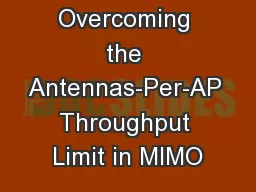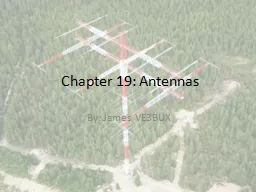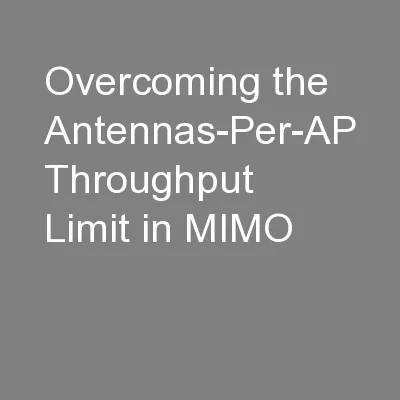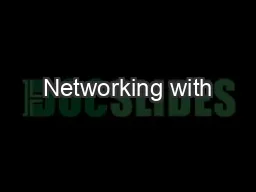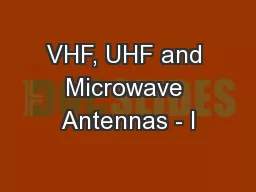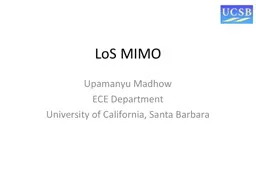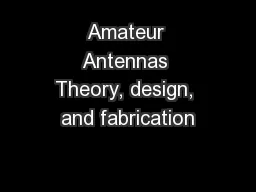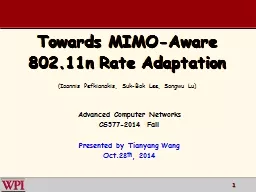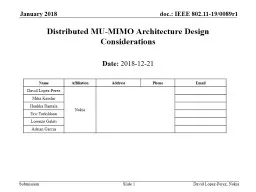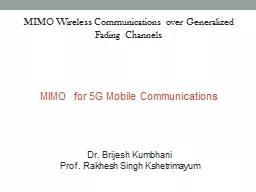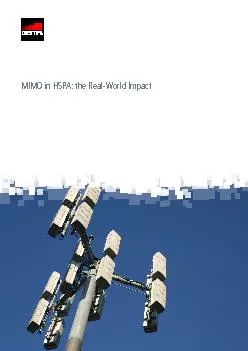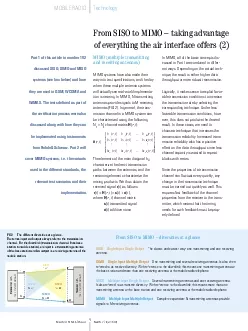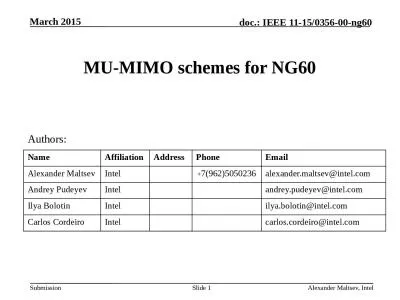PPT-Overcoming the Antennas-Per-AP Throughput Limit in MIMO
Author : debby-jeon | Published Date : 2018-11-10
Shyamnath Gollakota Samuel David Perli and Dina Katabi MIMO LANs Today MIMO delivers as many concurrent packets as the antennas on the AP Talk presents a practical
Presentation Embed Code
Download Presentation
Download Presentation The PPT/PDF document "Overcoming the Antennas-Per-AP Throughpu..." is the property of its rightful owner. Permission is granted to download and print the materials on this website for personal, non-commercial use only, and to display it on your personal computer provided you do not modify the materials and that you retain all copyright notices contained in the materials. By downloading content from our website, you accept the terms of this agreement.
Overcoming the Antennas-Per-AP Throughput Limit in MIMO: Transcript
Download Rules Of Document
"Overcoming the Antennas-Per-AP Throughput Limit in MIMO"The content belongs to its owner. You may download and print it for personal use, without modification, and keep all copyright notices. By downloading, you agree to these terms.
Related Documents

